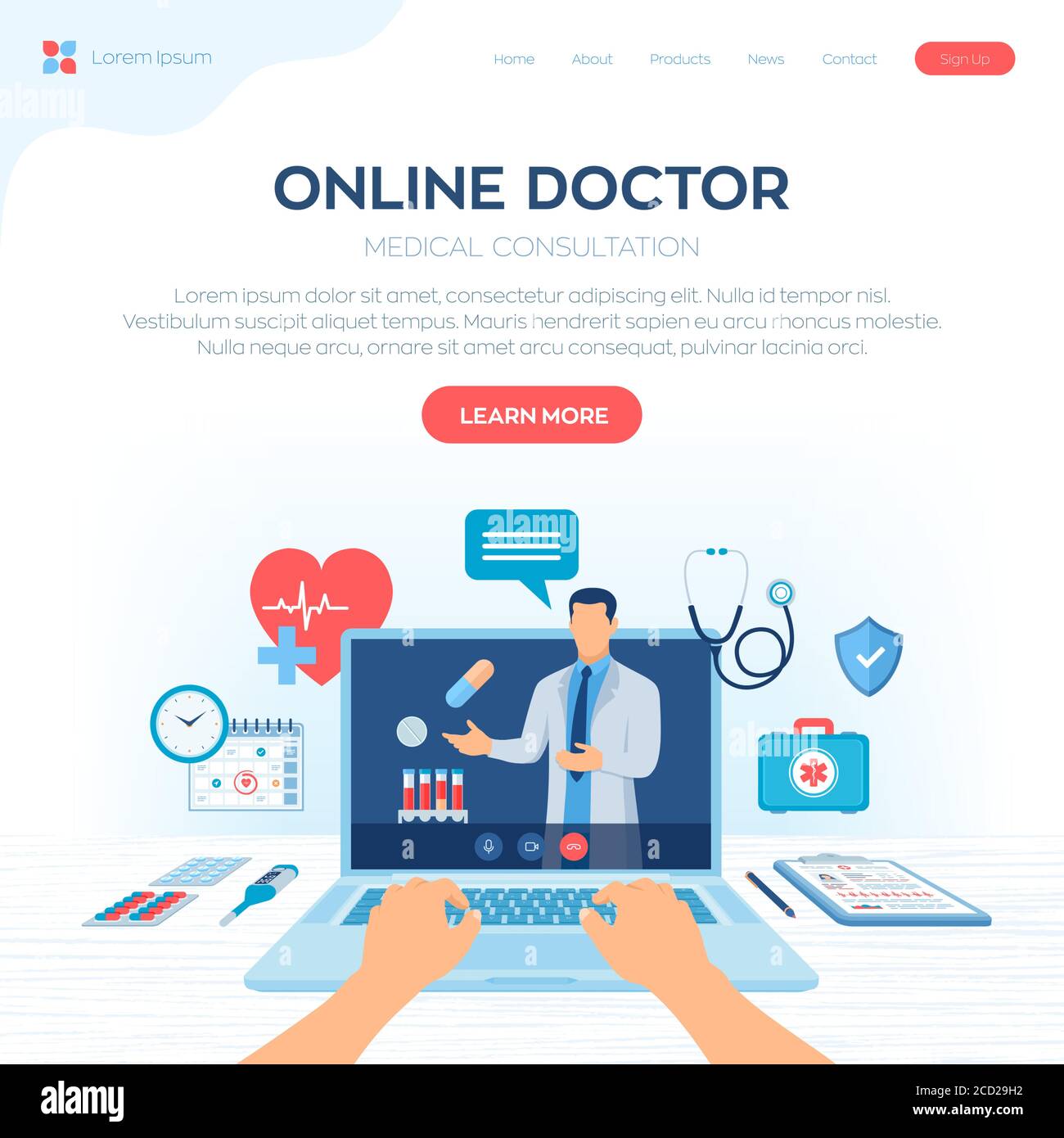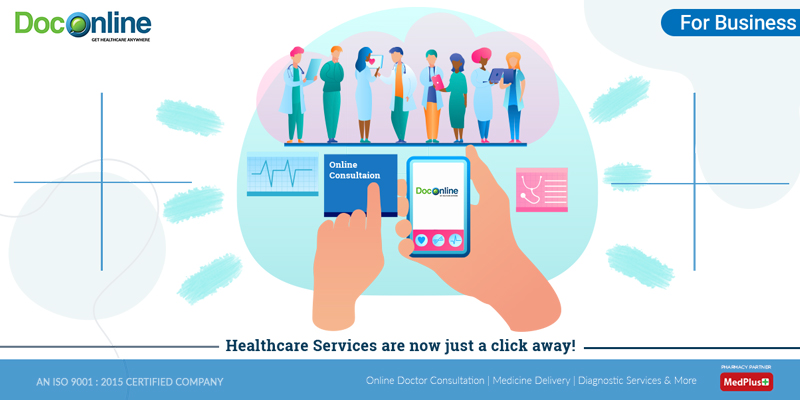Why Subscription Based Healthcare is Acquiring Popularity Among Patients Today
Why Subscription Based Healthcare is Acquiring Popularity Among Patients Today
Blog Article
The Increase of Subscription-Based Medical Care and Its Effect on Patient Care
As medical care progresses, the subscription-based version is gaining grip, assuring to change individual treatment by using predictability and access. These designs, which bypass traditional insurance policy, could redefine the patient-doctor dynamic, emphasizing personalized and precautionary treatment. As with any development, they offer challenges, especially worrying fair access for all socioeconomic teams. The potential for these versions to reshape health care delivery elevates pressing concerns regarding their long-lasting sustainability and inclusivity. Are these registration services the future of healthcare, or do they run the risk of leaving susceptible populations behind? The ins and outs of this change warrant a better exam.
Comprehending Subscription Health Care Models
Comprehending the idea of subscription health care versions involves checking out a transformative technique to medical services that stresses price and availability. These designs, typically referred to as straight medical care (DPC) or concierge medicine, have actually emerged as cutting-edge choices to traditional fee-for-service health care systems. Subscription healthcare allows clients to pay a fixed regular monthly or annual fee for a specified collection of clinical solutions, which may consist of unrestricted workplace check outs, regular examinations, and standard lab tests, without the need for traditional insurance coverage invoicing.
The framework of membership medical care versions is designed to improve individual care by getting rid of third-party payers and complicated invoicing codes, thus decreasing administrative worries. Doctor can focus extra on client care, fostering stronger patient-provider partnerships. This design likewise promotes preventative care by motivating normal sees, as the monetary challenge of per-visit costs is removed.
The membership design commonly encourages doctor to manage smaller sized patient panels, permitting more customized care. It aligns monetary incentives with individual health and wellness outcomes, as providers are motivated to preserve patient satisfaction and well-being. In general, understanding registration health care designs requires recognizing their prospective to reshape how care is provided and accessed.
Benefits for Individuals and Carriers

For service providers, subscription-based designs supply the possibility to deepen patient-provider relationships. With a steady revenue stream, medical care experts can dedicate even more time to each patient, causing a more individualized and thorough treatment experience. This model likewise minimizes reliance over person quantities, easing burnout and enhancing task fulfillment. The emphasis on preventative treatment within registration plans can lead to far better patient end results and minimized long-term medical care prices. By focusing on constant care, suppliers can resolve problems before they rise, inevitably benefiting the health care system overall by decreasing the burden on emergency and acute treatment solutions.
Challenges and Concerns
While subscription-based medical care designs existing various advantages, they additionally come with a set of difficulties and worries that have to be attended to. This increases moral questions about equitable accessibility to medical care services.
Financial sustainability of subscription-based models is an additional problem. Companies have to balance the set income from memberships with the variable expenses of healthcare services, which may rise and fall due to unanticipated medical needs. This can produce pressure to restrict solutions or rise fees, possibly affecting individual satisfaction and care top quality.
Moreover, governing oversight of subscription-based medical care versions is still progressing. The lack of standard frameworks can bring about irregular solution quality and liability, making complex initiatives to guarantee patient defense. The integration of technology-- frequently a keystone of these models-- elevates questions concerning information privacy and protection, as sensitive these details client information might be at risk to breaches. Resolving these challenges is vital for the successful and fair implementation of subscription-based medical care.
Influence on Patient-Doctor Relationships
One considerable impact of subscription-based medical care models on patient-doctor connections is the possibility for boosted connection and customized care. By embracing a registration model, physicians can handle a smaller sized client panel, permitting even more specialized time with each person. This raised schedule promotes a deeper understanding of a client's medical background, way of living, and choices, allowing much more tailored treatment plans and interventions.

Nonetheless, it is essential to acknowledge that while subscription-based models may profit those that can afford them, they can unintentionally broaden healthcare differences. Patients that are not able to join these versions could experience decreased accessibility to individualized care, potentially influencing their relationships with doctor. Therefore, while the registration version provides promising benefits for patient-doctor relationships, it additionally positions obstacles that need to be dealt with to ensure fair healthcare accessibility.
Future of Health Care Access

The function of modern technology can not be ignored in this transformation. Telemedicine platforms and electronic wellness records facilitate smooth communication between clients and medical care carriers, damaging down logistical read this and geographical obstacles. Additionally, improvements in fabricated knowledge and information analytics can better individualize clinical treatment by anticipating person demands and maximizing therapy strategies.
Nevertheless, the future of health care access also offers obstacles, such as making certain equity throughout various socio-economic teams. Policymakers and medical care carriers should work together to connect the electronic divide, making certain that subscription-based designs stay cost effective and comprehensive. As these systems grow, they hold the pledge of making medical care a lot more obtainable, reliable, and patient-centric.
Final Thought
Subscription-based healthcare models are reshaping patient treatment by providing a steady price structure and boosting ease of access. These designs strengthen patient-provider connections through individualized care and normal check outs, stressing preventative health. Despite these benefits, obstacles such as ease of access issues for low-income populaces and the demand for fair health care services linger. The rise of subscription-based healthcare encourages positive person involvement, which has the potential to enhance individual end results and fulfillment, signaling a transformative shift in medical care distribution.
As medical care advances, the subscription-based version is getting traction, promising to reinvent person treatment by supplying predictability and availability.Subscription-based medical care models use unique benefits for both companies and individuals, enhancing the total healthcare experience.As healthcare systems evolve, the future of healthcare gain access to regularly hinges on the integration of ingenious models and technologies.Subscription-based medical care designs are improving person care by supplying a secure cost framework and improving ease of access. The rise of subscription-based healthcare urges positive individual interaction, which has the possible to improve person results and contentment, indicating a transformative change in health care distribution.
Report this page